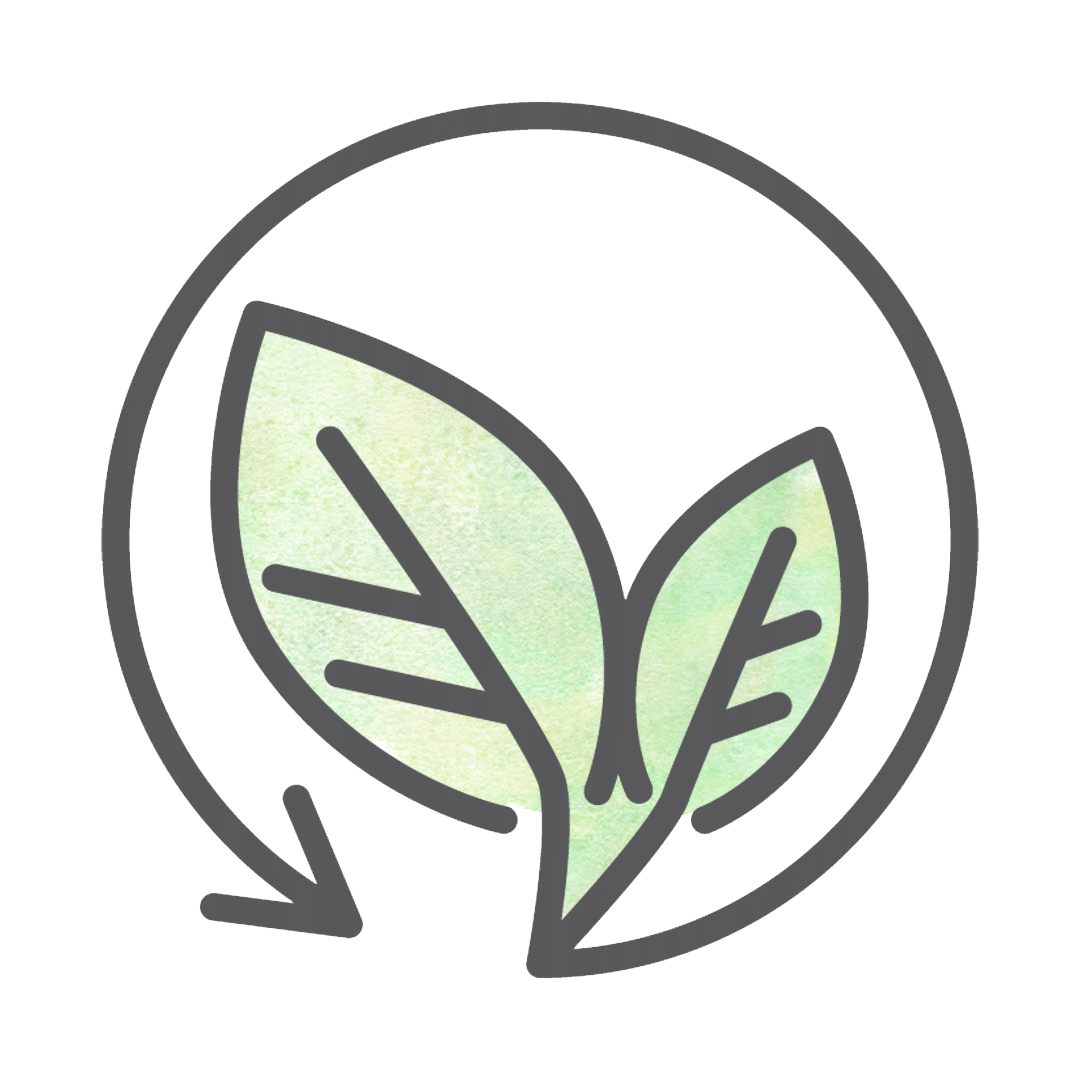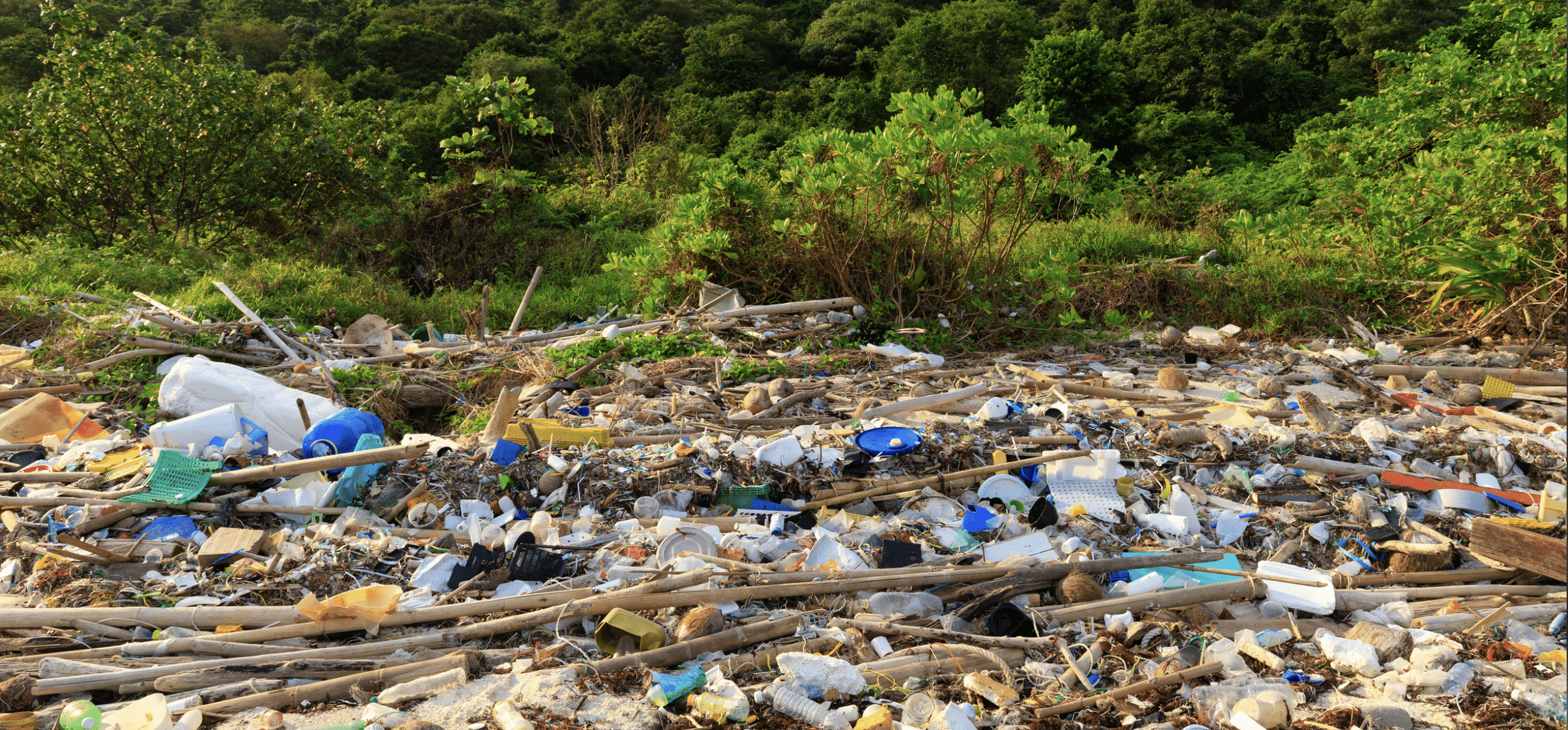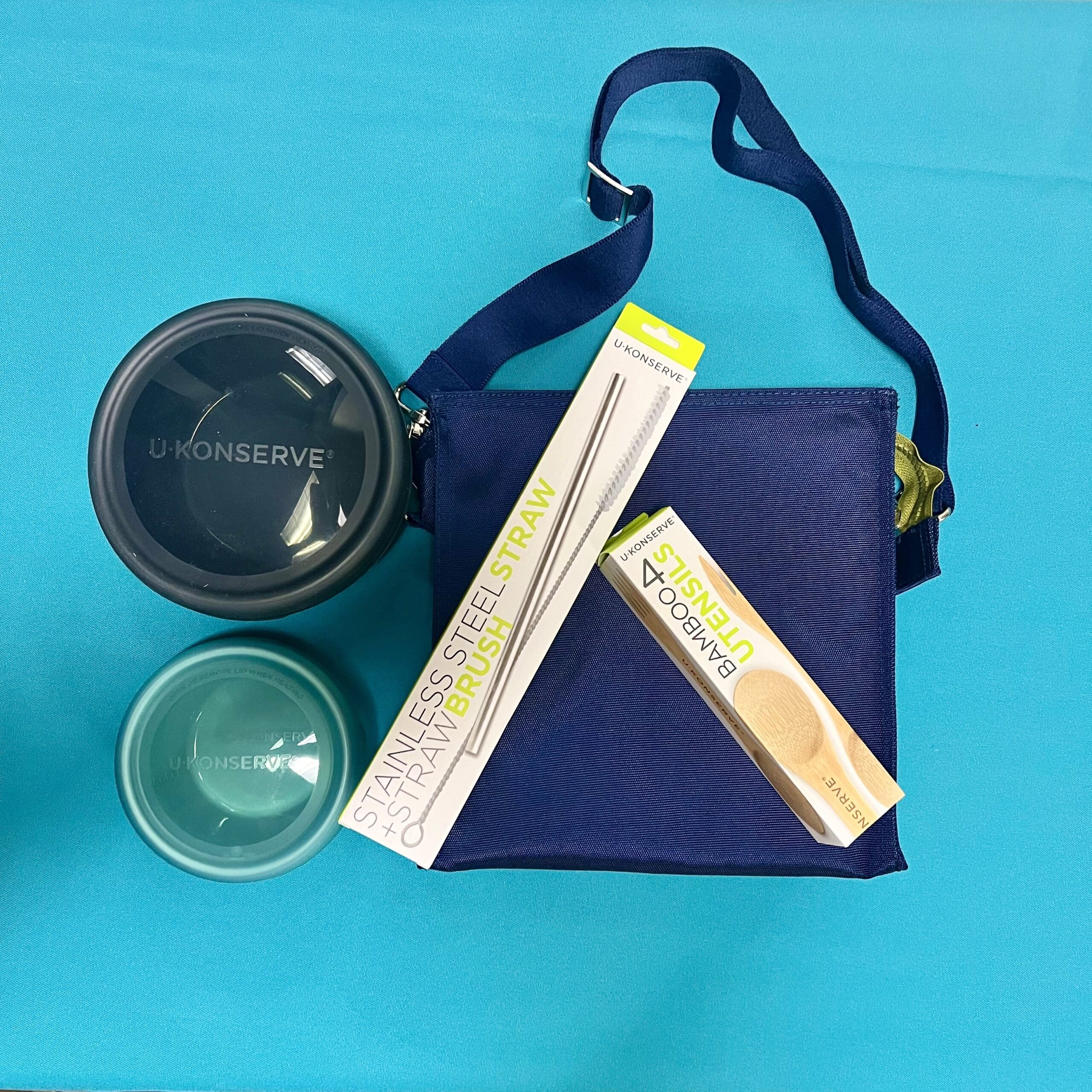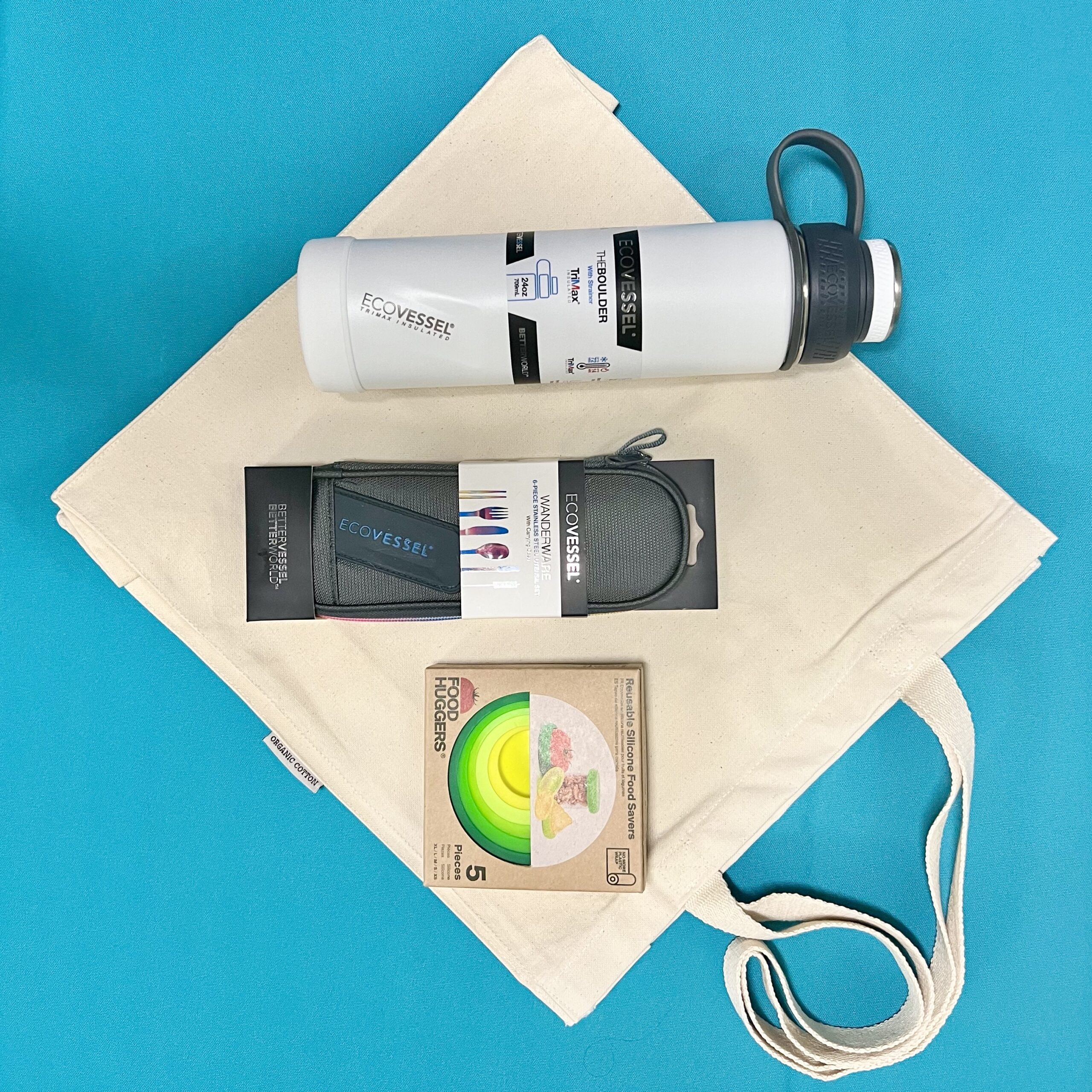
From busy city streets to remote coastlines, waste is piling up faster than we can manage. Each year, the world produces more than two billion tons of household waste, a number expected to nearly double by 2050. The impacts of waste are not shared equally: marginalized communities are often located near landfills, incinerators, and toxic dumping sites, while high-income countries export waste to nations with fewer resources, deepening global environmental injustice.
❝
There is no such thing as ‘away’. When we throw anything away, it must go somewhere.“

Plastics are among the most harmful forms of waste. Despite decades of recycling efforts, only about nine percent of all plastic ever produced has been recycled. The rest is buried, burned, or broken down into microplastics that infiltrate food, water, air, and even human bloodstreams. These particles persist for centuries, releasing toxins, disrupting ecosystems, and threatening human health.
The good news is that communities, schools, and grassroots movements worldwide are taking a different path forward. In the United States, Miami, Florida is implementing sweeping restrictions on single-use plastics at county properties and airports, signaling how local governments can lead. In Andhra Pradesh, India, women-led groups supported by an anti-plastic campaign are producing eco-friendly alternatives, showing how community leadership and systemic action can align.
Organizations and companies are also stepping up. The Story of Stuff Project sparks conversations and campaigns challenging wasteful systems. 5 Gyres conducts research and education to combat plastic pollution and advocate for policy change. U-Konserve provides practical reusable alternatives, like stainless steel containers and straws, making low-waste living easier. Together, they show that systemic change and everyday choices can reinforce one another.
This is not a crisis we can recycle our way out of. The most effective solutions prevent waste before it’s created by rethinking how products are designed, how materials are sourced, and how we consume.
By refusing what we do not need, reducing unnecessary purchases, reusing durable goods, and recycling responsibly, each of us can move toward a low-waste life. Paired with advocacy for systemic change, these choices protect communities, restore ecosystems, and help build a future where nothing is treated as worthless.
RESOURCES
CHALLENGE
Every single-use product has a story: from the resources and labor that created it, to the energy used to transport it, to the decades or centuries it may spend polluting land, water, and communities, often with the greatest impacts on those already most vulnerable.
How often do you actually see the waste you produce? “Out of sight, out of mind” is common when we toss things “away” without a second thought. But what if you had to confront it every day? By becoming aware of your own waste footprint, you can better understand its environmental impact and start rethinking what you discard.
Waste doesn’t have to end up in landfills — it can be transformed into something beautiful and meaningful. Around the world, artists are turning discarded materials into creative works that challenge how we perceive waste, spark important conversations, and reduce environmental impact. Art becomes activism when it reframes trash as a resource and invites people to imagine new possibilities.
“Making a personal decision to avoid plastic is a great place to start – but a terrible place to stop. To create a future without plastic pollution, we need to work together to make the right decisions easy in an economy that works for everybody.”
— The Story of Plastic
In a world overwhelmed by plastic pollution, The Story of Plastic uncovers the hidden truths behind the waste crisis and the systemic forces driving it. How can we turn awareness into collective action?

Each Greener Winner will receive:

Each Greenest Winner will receive: